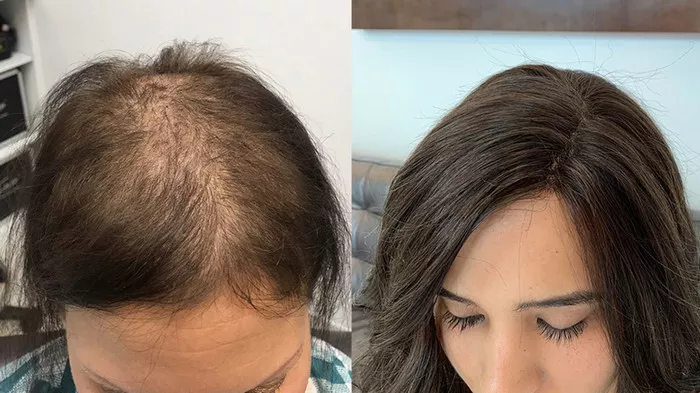Undergoing a hair transplant procedure is a significant step towards regaining a fuller head of hair and boosting your confidence. However, it is common to experience some degree of face swelling following the surgery. This swelling, while temporary, can be uncomfortable and affect your appearance. In this article, we explore effective techniques to reduce face swelling after a hair transplant, allowing you to navigate the healing process with comfort and tranquility. Join us as we delve into the science behind swelling, uncover practical strategies, and provide insights to nurture your skin during this transformative journey.
What is facial swelling
Facial swelling, also known as facial edema, refers to the enlargement or puffiness of the face due to fluid accumulation in the tissues. It can affect various areas of the face, including the cheeks, eyelids, lips, and jawline. Facial swelling can be caused by a variety of factors, including:
Injury or Trauma:
Facial swelling can occur as a result of an injury or trauma to the face, such as a blow, a fall, or a surgical procedure.
Allergic Reactions:
Allergies to substances such as foods, medications, insect bites, or environmental triggers can cause facial swelling. This swelling is often accompanied by other symptoms like itching, redness, and hives.
Infections:
Facial swelling can be a sign of an underlying infection, such as a sinus infection, tooth infection, or cellulitis (a skin infection). Infections often cause localized swelling in the affected area.
Dental Issues:
Dental problems, such as abscesses or gum infections, can lead to facial swelling, particularly around the jaw and cheek areas.
The Importance of Reducing Face Swelling:
While face swelling is a normal part of the healing process, managing and reducing it can enhance your comfort level and facilitate a smoother recovery. Reducing swelling can alleviate discomfort, promote healing, and allow you to resume your daily activities with confidence.
Can Hair Transplant Cause Facial Swelling?
Hair transplant surgery is a procedure that involves removing hair follicles from one part of the body (usually the back or sides of the scalp) and implanting them into areas where hair is thinning or balding. Like any surgical procedure, hair transplant surgery can result in some temporary side effects, including facial swelling.
Facial swelling after a hair transplant can occur for several reasons:
Surgical trauma:
Hair transplant surgery involves making incisions in the scalp and implanting hair follicles. This can cause temporary inflammation and swelling, which may extend to the surrounding facial tissues.
Local anesthesia:
Local anesthesia is typically used during hair transplant surgery to numb the donor and recipient areas. The administration of anesthesia can sometimes cause localized swelling, including in the face.
Postoperative healing:
After the surgery, the body undergoes a healing process, which can involve inflammation and swelling. This is a normal response as the body repairs the surgical wounds and adapts to the newly transplanted hair follicles.
It’s important to note that facial swelling after a hair transplant is usually temporary and should subside within a few days to a week. The extent of swelling can vary depending on the individual and the specific surgical technique used.
Postoperative Care
Applying cold compresses: Using ice packs or cold compresses on the affected areas can help reduce swelling and discomfort. It’s important to follow your surgeon’s instructions regarding the timing and duration of cold compress application.
Keeping the head elevated:
Sleeping with your head slightly elevated on pillows can help prevent fluid accumulation and reduce facial swelling.
Taking prescribed medications:
Your surgeon may prescribe medications, such as anti-inflammatory drugs or steroids, to help manage swelling and promote healing.
Following postoperative instructions:
It’s crucial to follow your surgeon’s postoperative instructions carefully. This may involve avoiding certain activities, protecting the grafts, and maintaining proper hygiene.
If you experience excessive or prolonged facial swelling, severe pain, or any other concerning symptoms after a hair transplant, it’s important to contact your surgeon for further evaluation and guidance. They can assess your condition and provide appropriate advice or treatment.
Conclusion:
Safely removing hair transplant scabs is an important part of the healing journey after a hair transplant procedure. By following proper techniques and allowing the scabs to naturally loosen and detach, you can minimize the risk of complications and promote optimal healing. Remember to be patient, avoid manipulation, and consult your surgeon for personalized guidance.
The road to achieving the desired outcome of your hair transplant involves dedication, care, and adherence to post-operative instructions. As the scabs gradually disappear, you can look forward to the growth of your newly transplanted hair, knowing that you have taken the necessary steps to support its success.


